When it comes to our homes, the roof over our…
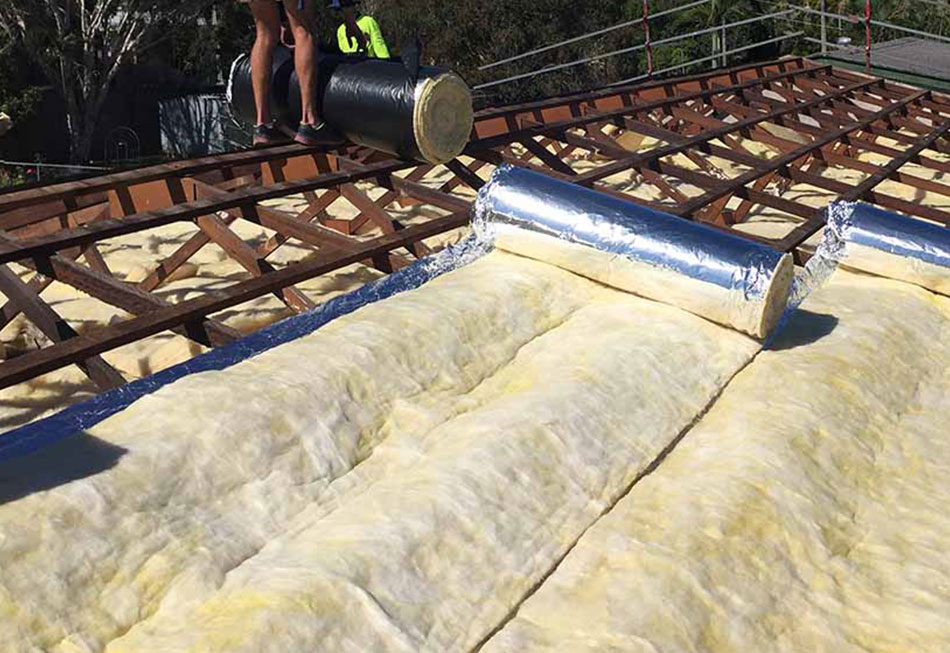
Metal Roof Replacement with Insulation – The Insulation Guide
Did you know that the average home loses about 42% of its wintertime heat through its roof? If you are replacing your metal roof or getting a tile to tin re-roofing, now is the perfect time to think about new metal roof insulation.
Poor insulation leads to higher energy bills and a less comfortable home. And, insulation rarely outlives the roofing material. So if it’s time for your roof to go, it’s probably time for your insulation to go too.
But it’s not quite as simple as saying “I want new insulation”. You have several options available depending on your budget and your roof pitch, among other factors. In this post, Vivify Roofing wants to help you make an informed decision based on our years of experience with reroofing insulation.
Contents:
- How does roof insulation work?
- What insulation to put under a metal roof?
- Does roof insulation need to be replaced?
- Trust Vivify Roofing for quality metal roof insulation!
How does roof insulation work?
You probably already know that insulation keeps your home cool in the summer and warm in the winter, but it does a lot more. Properly installed, insulation will also reduce condensation. This protects your home from breeding a mould infestation beneath the walls and rafters.
But how exactly does roof insulation work? There are three ways that heat can transfer from one space to another, and insulation aims to reduce them all:
Radiation is when heat transfers through waves. In the case of your roof, the sun’s rays beat down on your tin roof, which then absorbs some of the heat. A reflective barrier of insulation installed directly underneath your roof aims to stop most of this heat from getting through. In metal roofs, paint colour choice can also greatly reduce radiant heat absorption.
Conduction is when heat flows between two objects that are touching. For example, your metal roof sheets heat on top first and then that heat transfers to the bottom, thus making its way from the outside of your home to the inside. When that thermal energy hits your insulation, though, the conduction slows down significantly.
Convection is when heat transfers through the air. As your COLORBOND roof heats up, for example, the air in your attic gets hotter. Insulation slows the process of convection by trapping air or slowing its movement.
Of course, this process works the same way in the cooler months. In this case, though, the insulation is working to prevent heat from transferring out of your home.
Fitting your home with the right roof insulation can actually save your household up to or more than 45% on cooling and heating costs. – Yourhome.gov.au
Roof insulation materials
Insulation is a general term that can really be used to refer to any material used to stop the flow of heat. Your oven mitts are a form of insulation if you think about it. They stop heat from transferring from that hot pan to your hand.
When it comes to insulating your home, a variety of materials may be used to achieve the desired effect. Here are some of the most common:
- Roof sarking is a protective layer, often composed of foil, that is installed directly under your metal roof sheets. It serves the dual purpose of reflecting radiant heat and preventing roof condensation from dripping down into your home. If you have an older home, it’s entirely possible that sarking is the only roof insulation you have.
- Blanket roll insulation is typically the bulk of your roof insulation, installed directly under the sarking. Usually made from glasswool, cellulose or polyester, this is the big fluffy stuff that most people imagine when they think of insulation. It is rolled out in large sheets to cover a wide area quickly.
- Ceiling batt insulation is similar in makeup to blanket rolls. The primary difference is that batt insulation comes pre-cut to easily fit between studs. Batt insulation is installed to stop heat from flowing between your attic and the top floor.
What insulation to put under a metal roof?
Your best time for installing insulation is when you are replacing the roof. Once a new roof is in place, your options for insulating are much more limited. In this section, we’ll offer some of our best advice based on years of installing metal roofs in Melbourne.
In order to understand our advice better, though, you should probably know about R-value. R-value is a measurement of how well a given type of insulation resists heat flow. If you want to get all scientific, it’s the difference in temperature between the warm side of the insulator and the cool side, divided by the thermal conductivity.
In plainspeak: the higher the R-value, the better the insulation.
R-value isn’t just a term used for traditional roofing and wall insulation. Even windows will be given an R-value, since they are another place where you need to protect heat from entering and leaving your home.
Ideally, insulation should be installed in the ceiling, walls and floors of your home to create a sealed envelope. – Sustainability.vic.gov.au
Insulation for COLORBOND roofs
When it comes to COLORBOND roofs or similar metal roofs, we recommend—at a minimum—the use of Bradford Anticon blanket insulation. Bradford Anticon is an inventive combination of sarking and blanket insulation in one.
It features a reflective foil layer to bounce back radiant heat and stop water vapour from condensating in your roof (hence, “anticon”). This layer is then attached to traditional blanket roll insulation, which keeps as much as 97% of the exterior heat out of your attic.
There are two thicknesses of Bradford Anticon that we use on pitched roofs: 60mm or 80mm. Thicker insulation means higher R-Values: 1.3 and 1.8 respectively.
While not strictly insulation, one of the many COLORBOND roofing benefits is heat reflective paint colours. Most of their colours include Thermatech® technology to drastically reduce the roof’s solar absorptance.
Insulation for flat metal roofs
Flat metal roofing can be insulated similarly to pitched roofs. However, there are a few extra considerations to keep in mind.
The first is that you can go as thick as a 100mm Anticon blanket, which boasts an impressive 2.3 R-value. We don’t recommend using this thickness for pitched roofs, though. Based on our experience, it can cause your roof sheets to bulge over time, reducing the effectiveness, aesthetic appeal and lifetime of your roof.
The other consideration is taking measures to prevent water seepage. Because flat roofs don’t shed water as well, there is the chance that water crawling on the underside of the roof sheets can get seeped up by the insulation. Obviously this can lead to moisture and mould problems. One technique to avoid the problem is to cut the insulation blanket back far enough from the gutters that there is no chance of seepage.
Double your R-value with ceiling batt insulation
We mentioned that laying down an Anticon blanket is our minimum recommended roofing insulation. If you want even better thermal protection, you can opt to also include batt insulation. During roof replacement, Vivify can install batts between your rafters and your blanket insulation.
This lets us lay down another layer of insulation, effectively multiplying your insulation rating by two or more. For instance, Bradford estimates that a ventilated pitched metal roof with 60mm blanket insulation will have a summertime R-value of 2.8. With batt insulation included, the estimate jumps up to 6.2—a 220% increase!
Although installing batts and laying down additional insulation does represent an additional expense, it also means that your heating and air conditioning won’t have to work as hard to keep up with extreme temperatures. Lower energy bills, reduced carbon footprint and a more comfortable home are worth the upgrade for many homeowners.
The maximum thermal performance or R-value of insulation is very dependent on proper installation. Homeowners can install some types of insulation — notably blankets, boards, and materials that can be poured in place. (Liquid foam insulation materials can be poured, but they require professional installation). Other types require professional installation. – Energy.gov
Does roof insulation need to be replaced?
Insulation, like any piece of your home, isn’t everlasting. Eventually, it will need to be replaced or reupped. The good news is that if you are getting fresh insulation laid down with your new roof, you shouldn’t have to worry about it for a long, long time.
Lifespan of roof insulation
Most Bradford insulation products come with a 70 year warranty, which is about the same as most metal roof lifespans. COLORBOND roofs, for example, last up to 70 years. So, if everything goes smoothly, you shouldn’t have to replace your insulation until you replace your roof.
That being said, sometimes things don’t go smoothly. The lifespan of insulation can be shortened by several factors. Moisture is the worst, which is why we take so much precaution to prevent condensation. Dirt and dust building up on insulation can also reduce its effectiveness. Finally, over time insulation can settle and shift out of place, leaving gaps for heat to sneak through.
Bradford Insulation, is Australia’s leading supplier of insulation, acoustic control & energy saving products for homes & commercial buildings – Bradfordinsulation.com.au
Signs you need to replace your metal roof insulation
You should have your roofing insulation professionally inspected every 10 years or so. However, you can keep an eye out for some of the following symptoms of degrading insulation:
- Uneven temperature control. If your HVAC seems to be functioning optimally, but your home isn’t staying as cool or warm as it used to, poor insulation could be the culprit.
- Rising power bills. If you notice your electricity bill creeping up without any other explanation, it could mean that your heating and air conditioning have to work harder because your insulation is degrading.
- Water damage. If a heavy storm allows water to get through your roofing and into the insulation, you should consider having it inspected. If the insulation doesn’t dry out quickly, it could start to breed mould.
Trust Vivify Roofing for quality metal roof insulation!
As you can see, there is a lot at stake when it comes to metal reroofing insulation. If the job is done right, you’ll enjoy lower energy bills and more pleasant temperatures for decades.
But if it’s done wrong, problems range from poor temperature control to mould infestation. Roofing insulation is not a job left to amateurs. If you want professional service and quality work, trust Vivify Roofing!
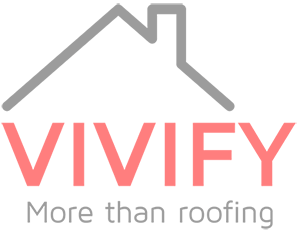
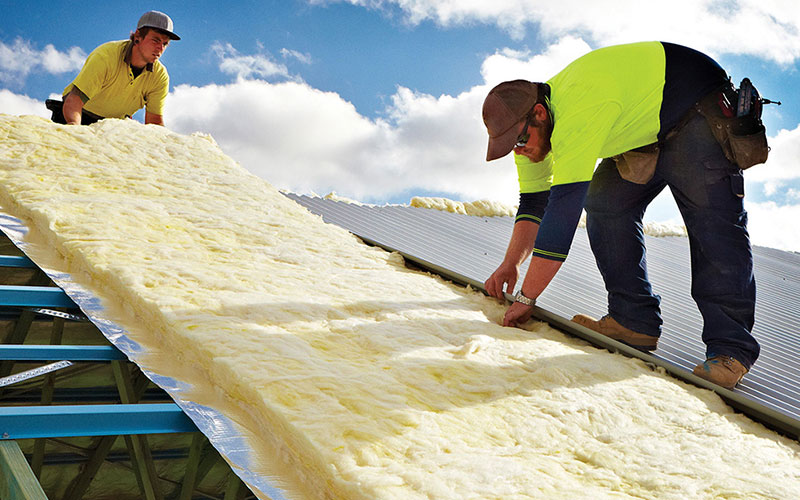

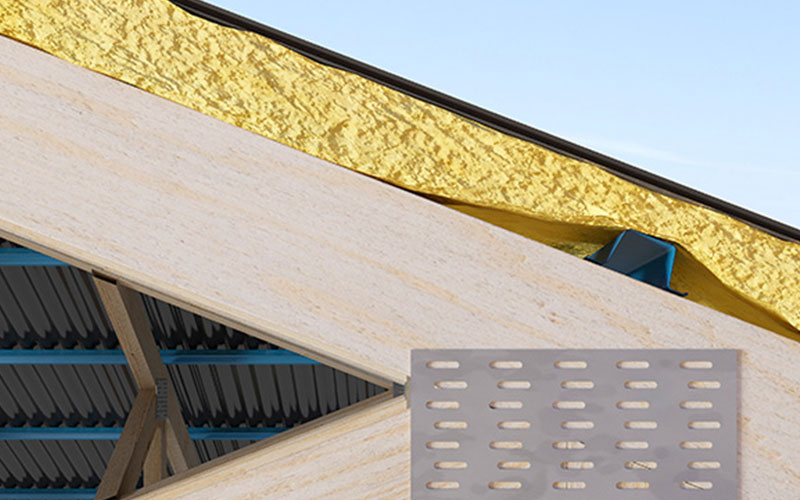
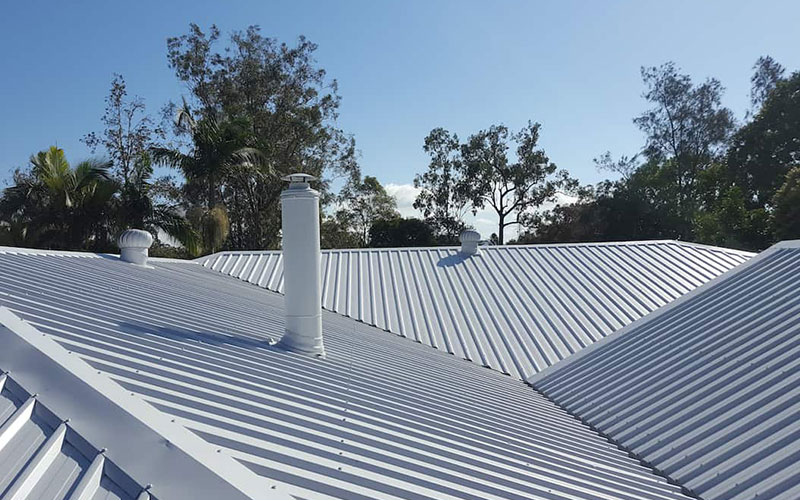
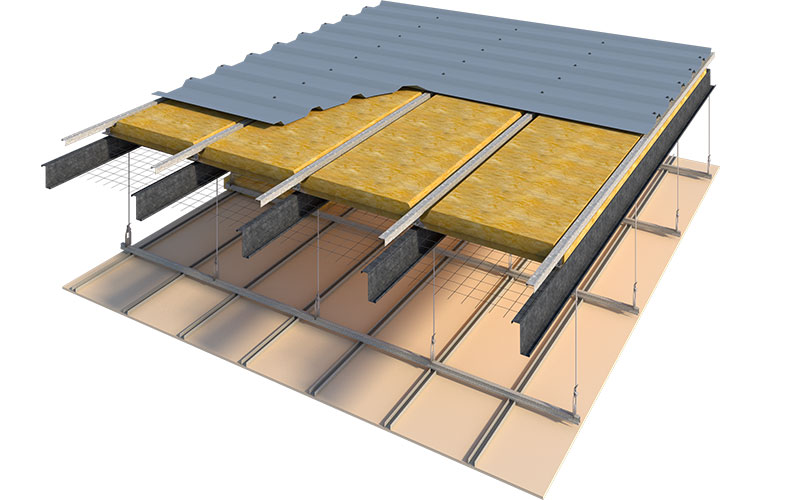
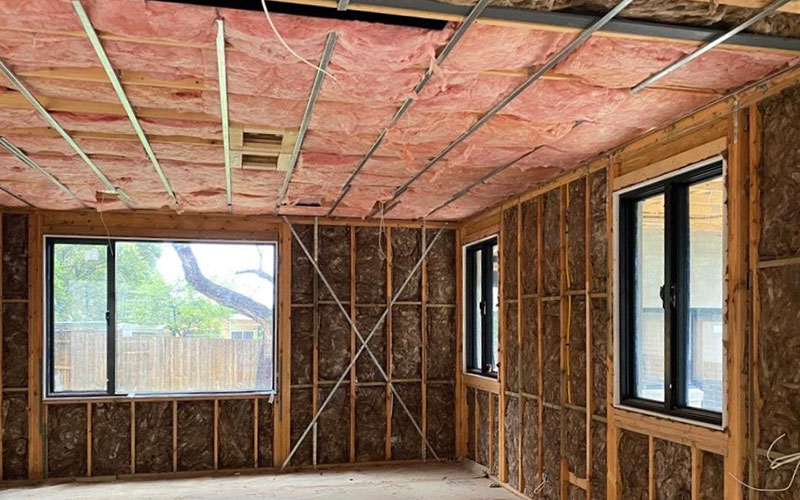
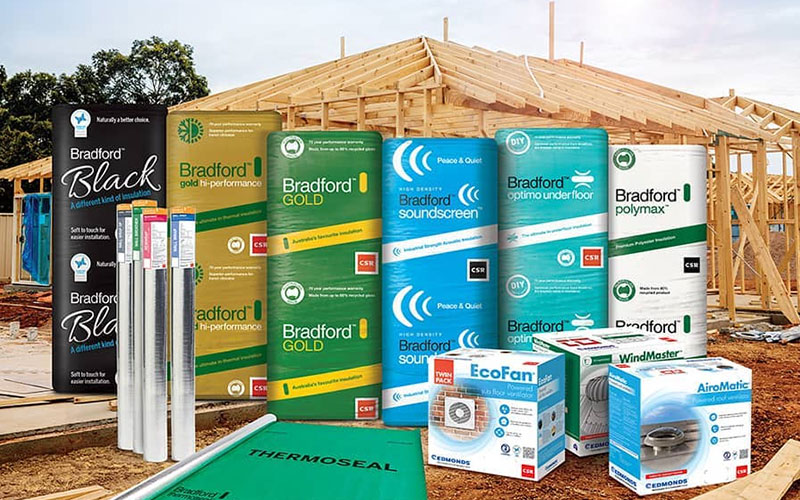
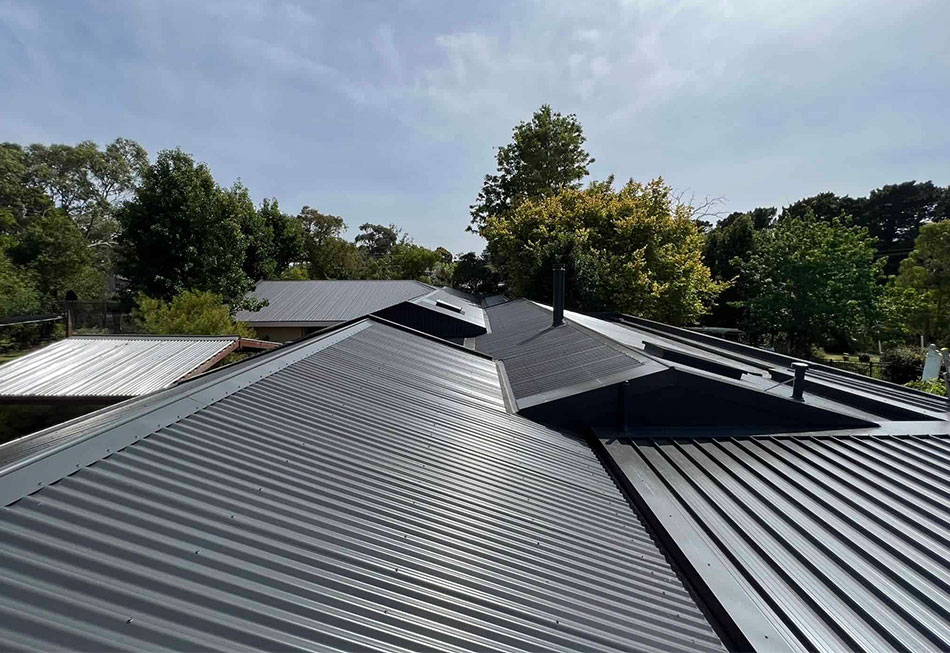
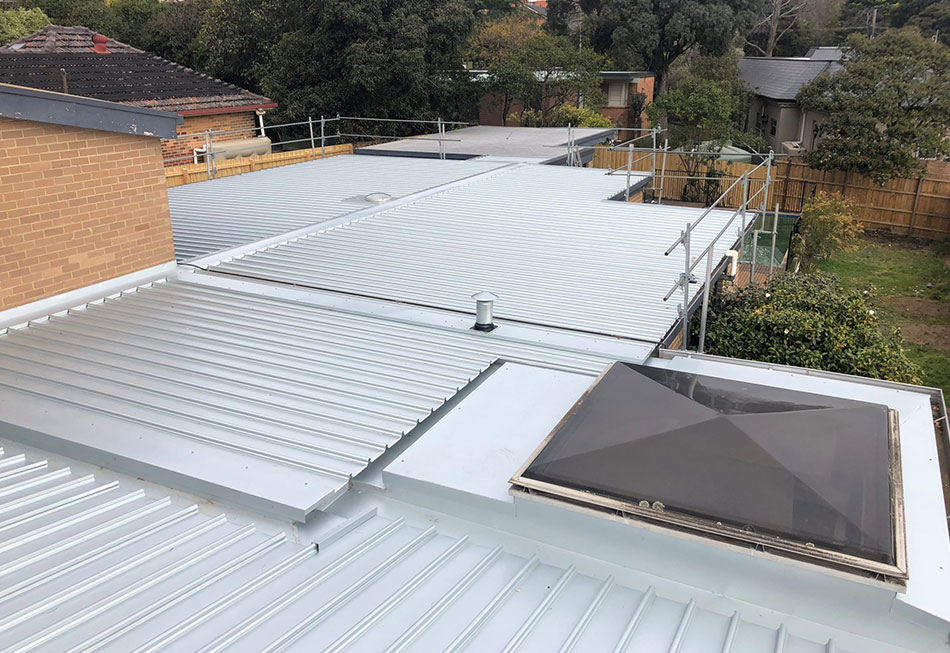
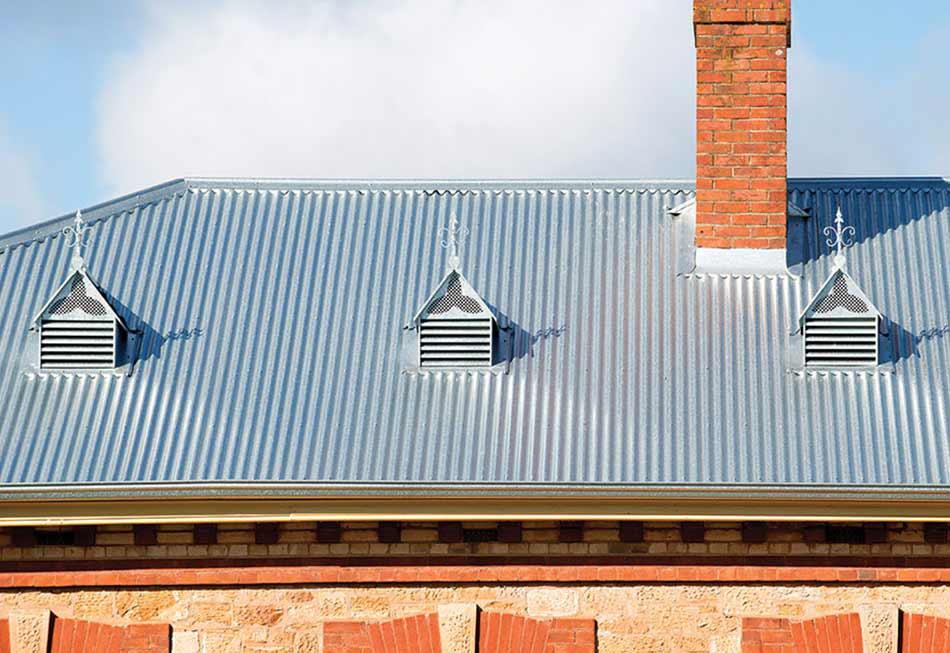

This Post Has 0 Comments